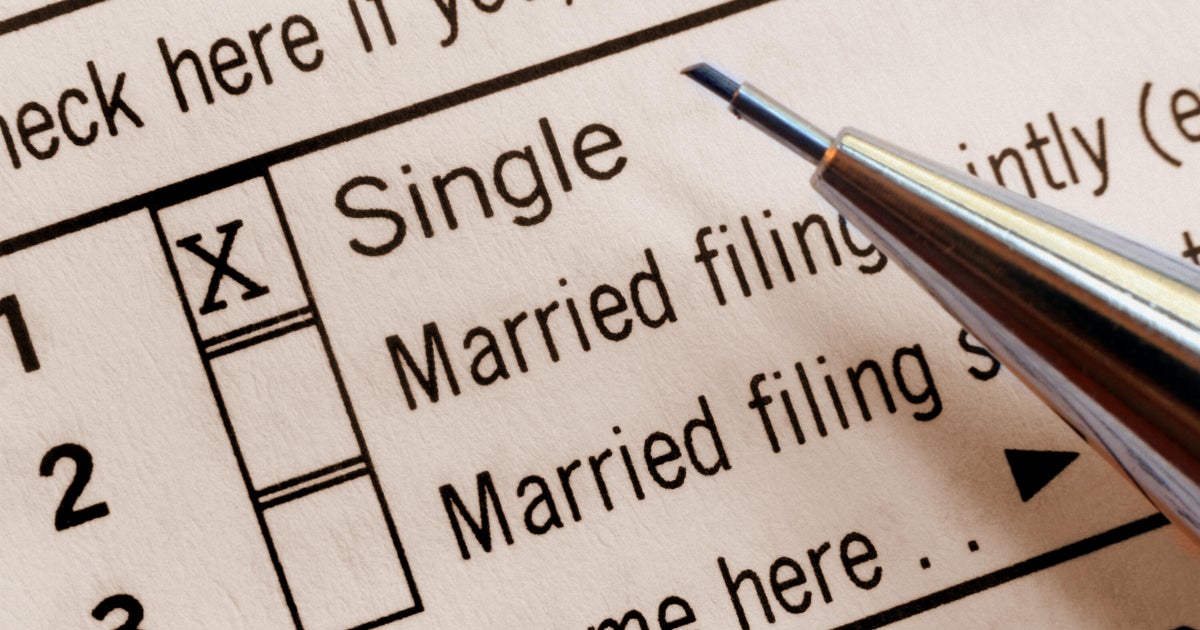

The IRS is adjusting the income limits for its federal income tax brackets to account for the impact of inflation, an annual reset that could provide relief for some Americans when they file their taxes next year.
The IRS makes these adjustments, typically in October or November, to avoid what it known as "bracket creep," which is when inflation pushes people into higher tax brackets, potentially forcing them to dole out more money come April.
The upshot: Americans will have to earn more income next year before reaching a higher tax bracket. For example, the upper tax limit on a single filer making $50,000 will be 12% in 2026 versus 22% in 2025.
See the updated tax brackets below.
The IRS did not respond to a request for comment on the inflation rate it applied in adjusting its tax brackets for 2026. Bloomberg Tax forecasted last month that the agency would apply an inflation rate of 2.7%.
In 2024, the IRS adjusted its tax bracket thresholds by 5.4% to account for the lingering inflation that erupted during the pandemic. That followed a historically large adjustment of 7% in 2023. The IRS uses Consumer Price Index data for the past 12 months to reset the brackets.
Standard Deduction
In addition to setting the federal income tax brackets, the IRS also released changes to 2026 standard deductions on Thursday.
- Married couples filing jointly will have a standard deduction of $32,200
- Heads of households will have a standard deduction of $24,150
- Single taxpayers and married individuals will face a standard deduction of $16,100
Seniors could see additional relief due to a provision in the One Big Beautiful Bill Act that provides a temporary tax deduction of up to $6,000 for people aged 65 and older. The tax break, which is set to expire at the end of 2028, is available to those with an adjusted gross income of $75,000 or less for single filers and $150,000 or less for couples filing jointly.
The IRS announced Wednesday that an agency-wide furlough would begin on Oct. 8 due to a lapse in federal appropriations as a result of the government shutdown. Taxpayers with an Oct. 15 extension deadline should plan on submitting their returns as planned, according to the IRS.
"Taxpayers should continue to file, deposit, and pay federal income taxes as they normally would; the lapse in appropriations does not change Federal Income Tax responsibilities," a spokesperson told CBS News in an email.
Understanding your tax bracket
There's a misconception that Americans pay the top tax rate on every dollar of their income, but that isn't the case. Taxation in the U.S. is progressive, meaning that tax rates increase the more you earn. In other words, the seven income tax rate brackets — 10%, 12%, 22%, 24%, 32%, 35% and 37% — represent the percentage you'll pay on portions of your income.
For instance, a single taxpayer making $50,000 in taxable income in 2026, will pay 10% in federal taxes on the first $12,400 of their income (the top threshold for the 10% bracket) and then 12% on the remaining $37,600.
To determine your marginal tax bracket, you must first figure out what your highest taxable income is.
For instance, a married couple with $150,000 in gross income would first subtract the 2026 standard deduction of $32,200 from that amount, leaving them with $117,800 in taxable income. That would put their top marginal tax rate at 22%. However, their effective tax rate is much lower:
- Their first $24,800 of income will be taxed at 10%, or $2,480 in taxes
- Their earnings from $24,800 to $100,800 would be taxed at 12%, or $9,120 in taxes
- Their income from $100,800 to $117,800 would be taxed at 22%, or $3,740 in taxes
Combined, they would pay $15,340 in federal income taxes, giving them an effective tax rate of 13%.
How the OBBBA will impact taxes
The One Big Beautiful Bill Act, signed into law by President Trump in July, made most of the tax cuts from the 2017 Tax Cuts and Jobs Act permanent, helping some American taxpayers avert a scheduled tax increase.
As a result of the Republican spending bill, the typical filer could see an average tax cut of $3,752 in 2026, with benefits varying depending on the filer's geographic location, according to an analysis in August from the Tax Foundation.
A taxpayer's income will also influence the tax cuts they see, with higher-income Americans more likely to see a bigger benefit from tax provisions in the legislation than lower-income households.
A July analysis from the Tax Policy Center found that the typical household in the bottom quintile — those earning up to $34,600 per year — will save an average of about $150 in tax payments in 2026, or 0.8% of their income. By comparison, those in the top quintile — those who earn $217,101 or more — will save an average of $12,540 next year, or 2.5% of their income.














